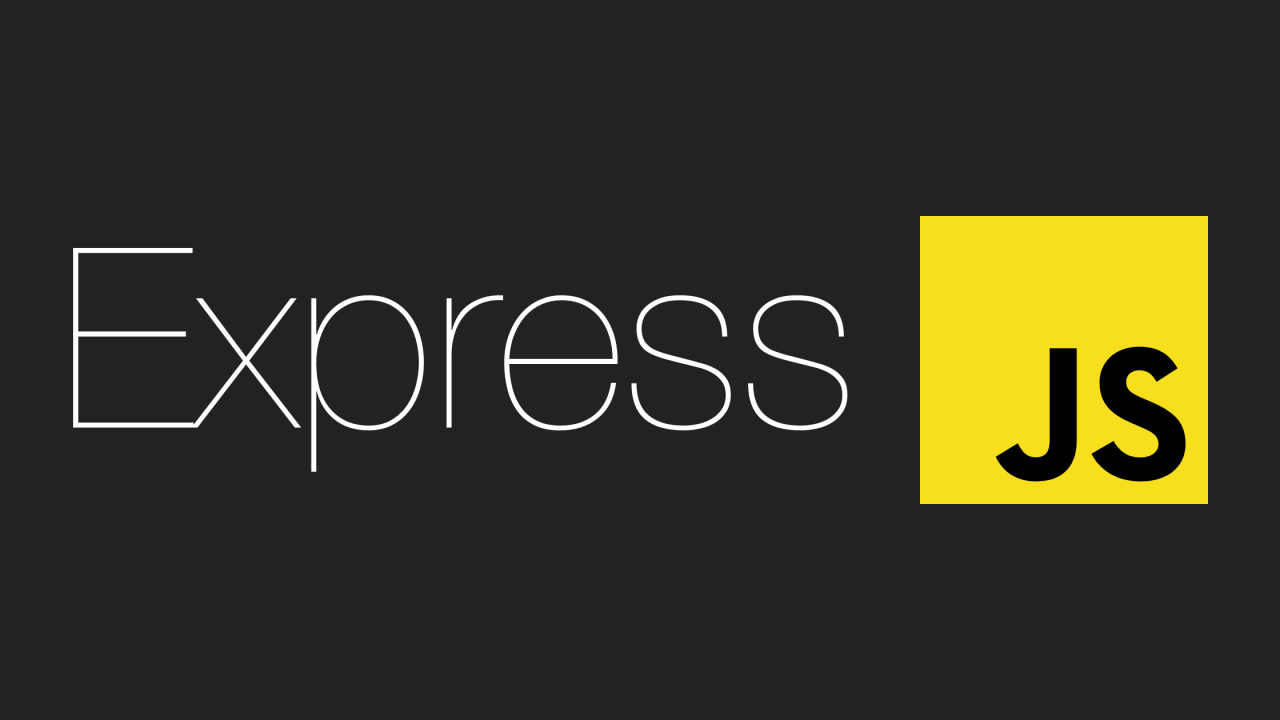Reverse Proxying Framer through Express.js
Posted on April 6, 2023 • 3 minutes • 495 words
Table of contents
Leveraging Express.js as a Reverse Proxy for Framer
In the world of web development, the ability to seamlessly integrate different technologies and frameworks is crucial. When working with Framer, a powerful prototyping and design tool, you may want to serve your Framer-based web application through a more robust backend framework, such as Express.js. This approach, known as reverse proxying, allows you to handle server-side logic, routing, and other backend functionalities while still benefiting from Framer’s design capabilities.
Setting up the Reverse Proxy
-
Install Express.js: Begin by installing the Express.js framework in your project. You can do this using npm or yarn:
npm install express -
Create an Express.js Server: In your project, create a new file (e.g.,
server.js) and set up a basic Express.js server:const express = require('express'); const app = express(); const port = 3000; app.use(express.static('public')); app.listen(port, () => { console.log(`Server is running on port ${port}`); }); -
Serve the Framer-based Application: To serve your Framer-based application through the Express.js server, you’ll need to create a route that forwards the requests to the Framer application. Assuming your Framer project is located in the
publicdirectory, you can use the following code:app.use('/', express.static('public'));This will serve the Framer-based application at the root URL (
/). -
Handle API Requests: If your Framer-based application requires API calls, you can set up additional routes in your Express.js server to handle these requests. For example:
app.get('/api/data', (req, res) => { // Fetch data and send it back to the client res.json({ data: 'Example data' }); });This will create an API endpoint at
/api/datathat your Framer application can use to fetch data. -
Start the Server: Finally, run your Express.js server:
node server.jsYour Framer-based application will now be accessible at
http://localhost:3000.
Benefits of Reverse Proxying Framer through Express.js
-
Separation of Concerns: By using Express.js as a reverse proxy, you can separate the frontend (Framer) from the backend (Express.js) logic, making your application more modular and maintainable.
-
Server-side Functionality: Express.js provides a robust set of features for handling server-side tasks, such as routing, middleware, and API management. This allows you to build more complex web applications that go beyond the capabilities of Framer alone.
-
Improved User Experience: By serving your Framer-based application through a reverse proxy, you can provide a seamless user experience, where the user interacts with a single URL without being aware of the underlying architecture.
-
Scalability and Flexibility: As your application grows, the reverse proxy approach allows you to scale and adapt your backend infrastructure independently, without affecting the frontend Framer components.
Enhancing Reverse Proxying with Caching
In addition to seamlessly integrating content from any source into your web application, it’s crucial to optimize the performance of your reverse proxy setup. One effective way to do this is by implementing caching. This ensures that once a design or content is loaded, subsequent requests for the same content are served from the cache, reducing the load on the original servers and improving the response time for your users.

